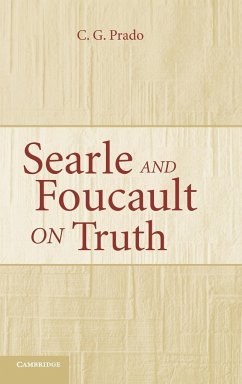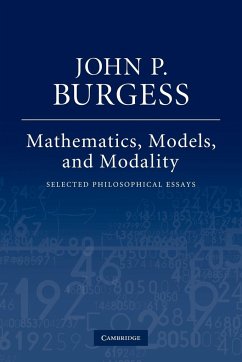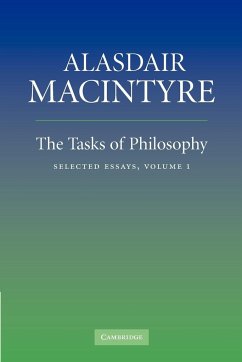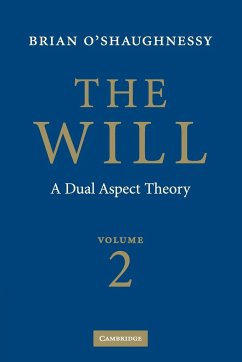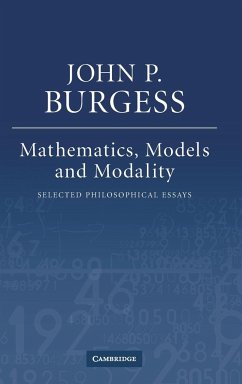
John Searle's Philosophy of Language
Versandkostenfrei!
Versandfertig in 1-2 Wochen
83,99 €
inkl. MwSt.
Weitere Ausgaben:

PAYBACK Punkte
42 °P sammeln!
This is a volume of original essays on key aspects of John Searle's philosophy of language. It examines Searle's work in relation to current issues of central significance, including internalism versus externalism about mental and linguistic content, truth-conditional versus non-truth-conditional conceptions of content, the relative priorities of thought and language in the explanation of intentionality, the status of the distinction between force and sense in the theory of meaning, the issue of meaning scepticism in relation to rule-following, and the proper characterization of 'what is said'...
This is a volume of original essays on key aspects of John Searle's philosophy of language. It examines Searle's work in relation to current issues of central significance, including internalism versus externalism about mental and linguistic content, truth-conditional versus non-truth-conditional conceptions of content, the relative priorities of thought and language in the explanation of intentionality, the status of the distinction between force and sense in the theory of meaning, the issue of meaning scepticism in relation to rule-following, and the proper characterization of 'what is said' in relation to the semantics/pragmatics distinction. Written by a distinguished team of contemporary philosophers, and prefaced by an illuminating essay by Searle, the volume aims to contribute to a deeper understanding of Searle's work in philosophy of language, and to suggest innovative approaches to fundamental questions in that area.





